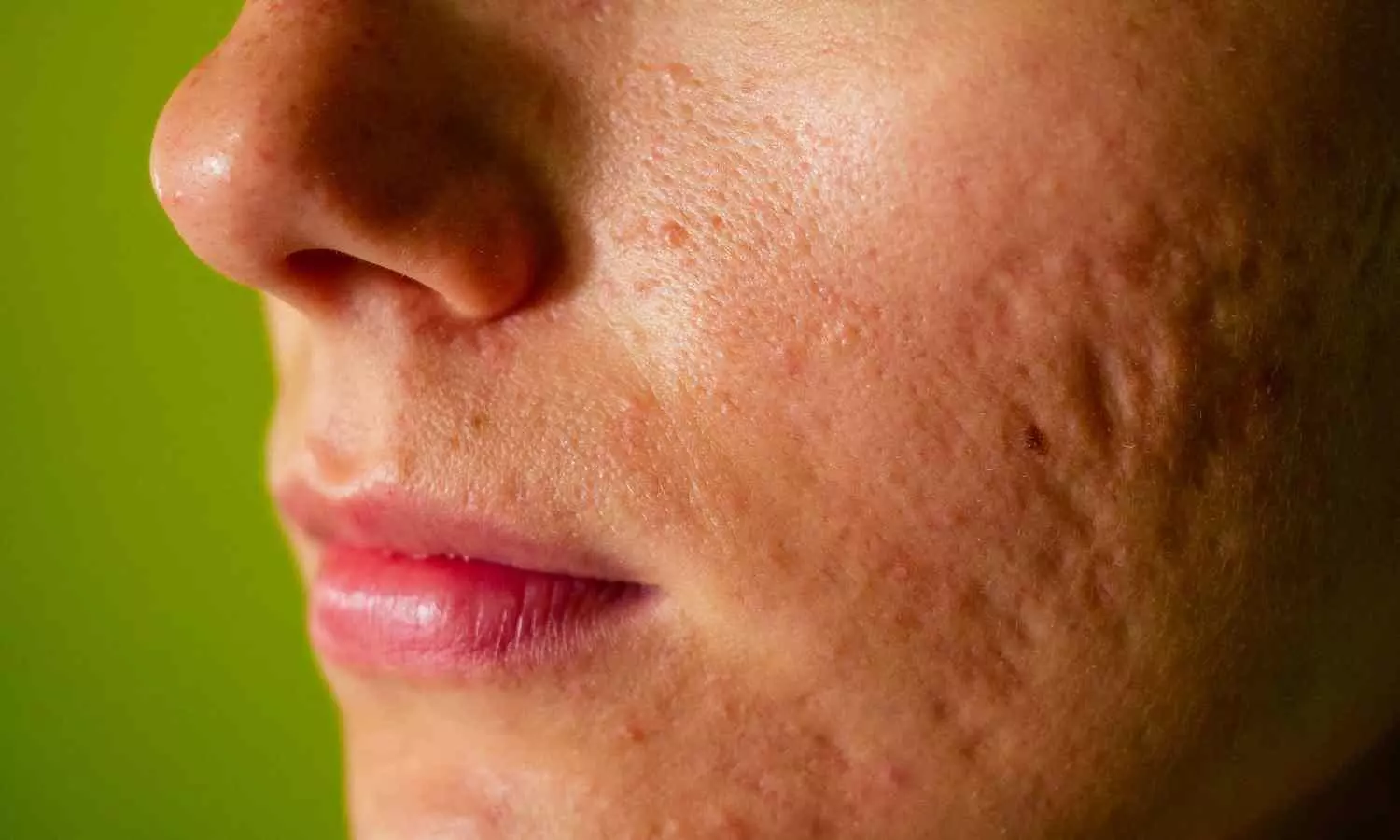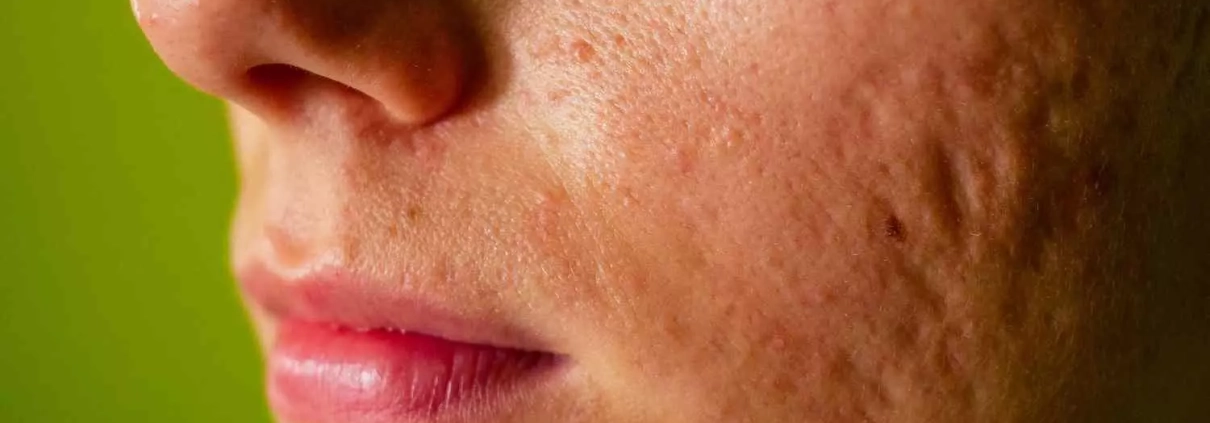New wavelength-dependent indicators improve efficacy of spot-on laser treatment for skin blemishes: Study

Japan: An Osaka Metropolitan University-led research group has developed an index of the threshold energy density, known as fluence, and the dependent wavelength for picosecond lasers. This will help improve efficacy and reduce complications in people bothered by skin blemishes who might turn to laser treatment.
Picosecond lasers have in recent years been used to remove pigmented lesions.
These lasers deliver energy beams in pulses that last for about a trillionth of a second.
The lasers target melanosomes, which produce, store, and transport the melanin responsible for pigment.
Postdoctoral Fellow Yu Shimojo of OMU’s Graduate School of Medicine and Specially Appointed Professor Toshiyuki Ozawa and Professor Daisuke Tsuruta of the school’s Department of Dermatology were among the researchers who developed this first picosecond laser index for each of the wavelengths used in clinical practice in treating pigmented lesions.
The key findings of the study were as follows:
- The threshold fluences were determined to be
0.95, 2.25, 2.75, and 6.50 J/cm² for 532-, 730-, 785-, and 1064-nm picosecond
lasers, respectively. - The numerical results quantitatively revealed
the relationship between irradiation wavelength, incident fluence, and spot
size required to disrupt melanosomes distributed at different depths in the
skin tissue. - The calculated irradiation parameters were
consistent with clinical parameters that showed high efficacy with a low
incidence of complications.
Comparing previously reported clinical studies, the researchers confirmed that clinical results showing low complication rates and high efficacy can be explained based on these wavelength-dependent indicators.
“The use of this indicator is expected to play an important part in setting irradiation conditions in clinical practice,” Postdoc Fellow Shimojo said. “In addition, the implementation of picosecond laser therapy based on scientific evidence, rather than relying solely on physicians’ experience, is expected to improve the safety and effectiveness of the treatment.”
Reference:
Yu Shimojo, Takahiro Nishimura, Daisuke Tsuruta, Toshiyuki Ozawa, Henry Hin Lee Chan, Taro Kono. Wavelength‐dependent threshold fluences for melanosome disruption to evaluate the treatment of pigmented lesions with 532‐, 730‐, 755‐, 785‐, and 1064‐nm picosecond lasers. Lasers in Surgery and Medicine, 2024; DOI: 10.1002/lsm.23773.



